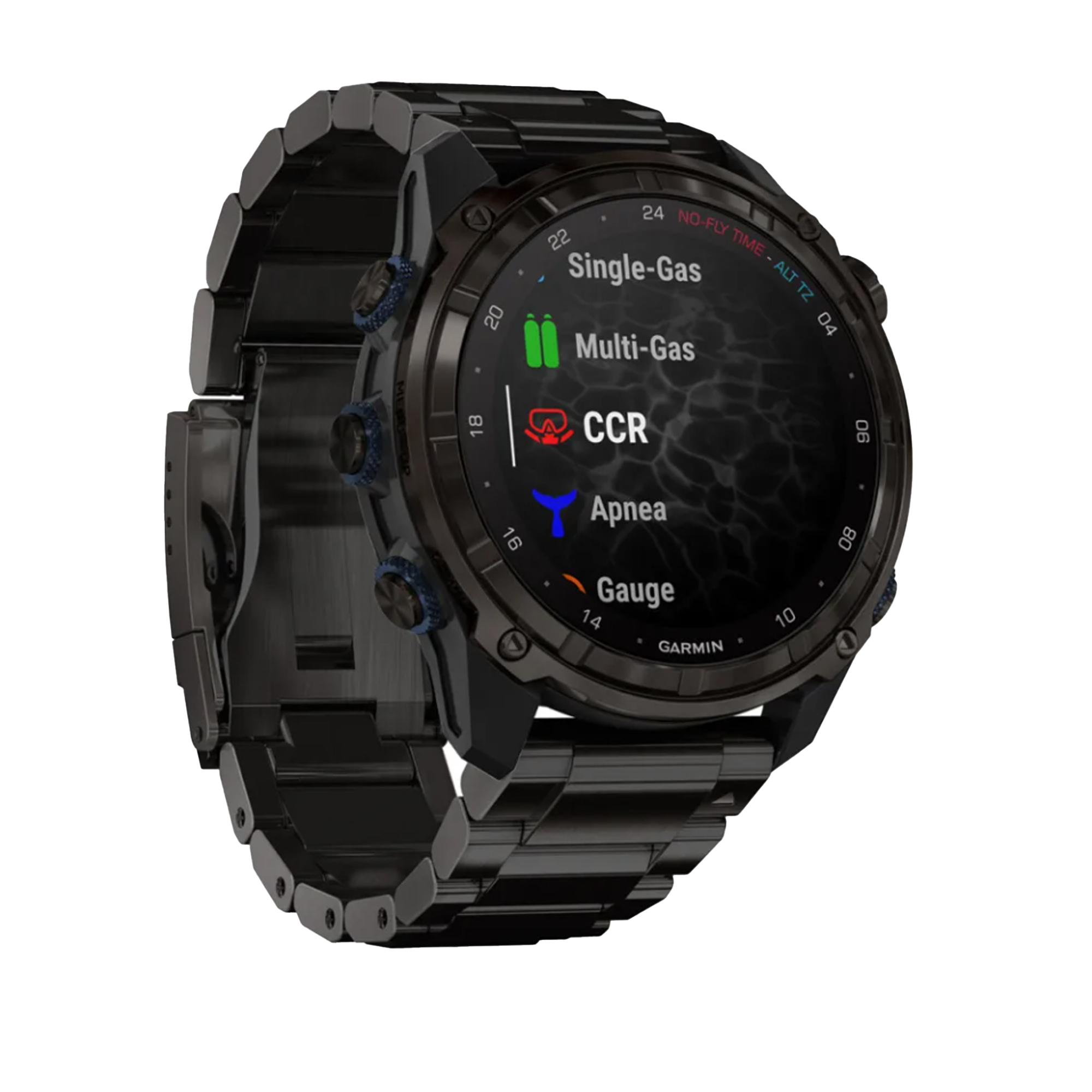Navigation
Fins
Fins are an essential piece of diving kit, with every diver having a personal preference to the style which suits them best. Some divers opt for the traditional 'jet fin' style, which are large and fairly rigid, where as some divers like the more modern style 'split fins' which offer less water restriction whilst improving the power ratio.
A jellyfish is faster and more graceful than you are without fins underwater. Fins transform you from a slow moving, limbs flailing, underwater creature into a true denizen of the deep. They enable you to dart about with speed, mobility and efficiency.
How do you choose the right scuba diving fin for you?
When you walk into your local dive shop, or look online, the sheer variety of diving fins can seem overwhelming.
Flex fins, split fins, force fins, closed heel, open heel, the list goes on and on.
When it comes down to it there are really only 2 basic types of scuba diving fins. All fins are just variations on either one of these themes.
Types of Scuba Fins
Paddle Fins
The most common type of fin used in diving. Paddle fins can be cheap or expensive depending on the style, make and model. Different features, like flex points, can add significantly to the price.
A paddle scuba fin offers good mobility and agility. Overall it's a great choice for any diver.
A downside to the paddle style fin it that it has the most resistance and requires big strong leg kicks, which can tire a diver out and result in more air consumption.
Features like flex or pivot points can alter how much effort it takes, and when it comes to buying these more expensive fins I would suggest trying before buying if possible. At lest do as much homework as possible before laying out the cash.
Split Fins
The split fin has a blade which is split in half down the middle. When a scuba diver kicks, the split blade acts like a propeller to push the diver forward.
Split fins require less effort to kick and are good for divers whose leg strength might not be very strong, or who prefer short flutter style kicking.
Some divers feel that split fins aren't as effective when diving in strong currents.
Other Features of Scuba Fins
It's the features that manufacturers add to their specific fin design that makes the price start to rise.
Go on any scuba forum, or anywhere divers are talking, and you'll hear debate for or against any particular design feature.
It's always a matter of individual comfort and preference combined with each divers particular style whether a certain type of fin 'works' for them or not.
Things to consider before buying scuba fins
Comfort
Are they comfortable? Comfort is paramount. Wear dive boots when trying on any fin you are considering to see how it feels.
Size
We recently read that zappos.com, a giant online shoe retailer, has a 30% return rate for improper fit, so the size question is not limited to swim fins. The question may be even more difficult with fins because a 'shoe' size is only part of the answer. The brand and type of neoprene boots you wear, particularly heavy soled or rock boots, will have as much effect on the selection of fin foot pocket as the shoe size. Some people, especially those with high arches, prefer a loose fit in their fin and others prefer a snug fit. Our recommendation is to make your 'best guess' following our size guides and rely upon The Scuba Doctor no hassles return policy.
Price
Any fin will get you through the water. High performance racing tires and cheap discount store tires both let a car roll.
Buy what you can afford, and upgrade when you can.
Open or Closed Heel
A closed heel fin is usually used for snorkeling, however if you are doing very easy dives with minimal equipment in warm water, you can definitely use them.
Otherwise an open heel used with a bootie is better for most scuba diving.
Traveler or Drifter
Do you travel a lot when you dive, moving from spot to spot, always swimming? If so a dive fin designed to help you cover a lot of distance easily would be best.
Leg Strength
If you have stronger legs you should be able to use a stiffer more robust fin, If that's what you want.
The 2 biggest considerations in our opinion are comfort and price.
There's a lot of debate over fins. This is more agile than that, this is harder to kick than that, this makes me move faster than that, blah blah blah.
Yes the different features do affect performance. But if a fin isn't comfortable your dive will suck. If it's too expensive, you'll be too broke to buy air to dive with.
Think about what type of diving you mostly do and make a checklist of what you are looking for in scuba fins.
Try out a few different styles. If you rent gear, ask the dive shop if they have different style fins available, or ask other divers if you can try theirs.
For more information about Fin features please read our advice on choosing the right Fins for you in our Trusted Advice section.
Then buy the best pair you can afford from The Scuba Doctor.
Swallow
![]() Wreck Dive |
Wreck Dive | ![]() Boat access
Boat access
![]()
![]()
![]()
![]()
Wooden Auxiliary Ketch | Max Depth: 2 m (6.56 ft)
Level: Open Water and beyond.
The Swallow was a wooden auxiliary ketch, built in 1860, in South Australia, and wrecked in Victoria on 2 June 1922. The Swallow served sixty years in service around the coast and in Port Phillip. Formerly a fishing cutter. Purchased after World War I for Apollo Bay. Blew ashore at Apollo Bay in January 1922 but was refloated. Now the Swallow lies at the south-western end of Port Phillip, between the West Channel and the Loelia Channel.
Diving and Snorkelling the Swallow Shipwreck
The Swallow diving and snorkelling site lies in about 2 m (6.56 ft) of water with its long axis at 165 degrees. The length from the two further visible parts of the wreck is 14 m (46 ft) and approx 4 m (13 ft) wide where there are ribs opposite each other.
At the stern of the Swallow there is a large wooden post, possibly the sternpost. If so then there is substantially more on the port side of the vessel. This structure has a number of ribs and a large timber beside them. Towards the middle of the site, there are some lead pipes/rods and some stone and bricks exposed.
Towards the bow on the starboard side of the Swallow, there are a couple of ribs and what appears to be inner and outer hull planking. The upper portion of all the timbers have growth and worn damage, but the lower portions are in good condition. Just forward of the starboard timbers there is a large metal ballard. The base appeared to be lead and there are some iron concretions on the top.
The remains of the Swallow were rediscovered by Peter Ferrier, when the sandbank on which it had been stranded had scoured away leaving the wreck exposed.
Swallow Shipwreck History — Built in 1860
The Swallow was a wooden auxiliary ketch of 25 l-ton (25 t), built in 1860, by Frank Potts of Wellington, South Australia, on a length of 51.2 ft (16 m), a breadth of 15.7 ft (4.79 m) and a depth of 6 ft (1.83 m). Its sails were supplemented by a 30 horsepower oil engine.
The Swallow was owned at the time of its loss by the Apollo Shipping Co. Pty. Ltd. and registered in Melbourne.
The Swallow had traded mainly around the south-east coast of Australia over its career. It was previously forced ashore at Apollo Bay in January of 1922, but later re-floated.
Swallow Sinking — 2 June 1922
On its final voyage the Swallow was bound from Melbourne to Lorne with a cargo of timber and bricks, plus some other general merchandise, with two crew under the command of Captain Duqueim. At around 8 o'clock on the night of 2 June 1922, the Swallow went ashore on the east side of the West Channel.
During the next day every effort was made by the crew to get the vessel off the sand, but unfortunately their efforts were unsuccessful and a tug that was summoned did not arrive. A severe gale struck Port Phillip, and soon after the Swallow was reported to be showing showing signs of breaking up, with some of its cargo floating free.
See also, Heritage Council Victoria: Swallow, and
Australian National Shipwreck Database: Swallow.
Heritage Warning: Any shipwreck or shipwreck relic that is 75 years or older is protected by legislation. Other items of maritime heritage 75 years or older are also protected by legislation. Activities such as digging for bottles, coins or other artefacts that involve the disturbance of archaeological sites may be in breach of the legislation, and penalties may apply. The legislation requires the mandatory reporting to Heritage Victoria as soon as practicable of any archaeological site that is identified. See Maritime heritage. Anyone with information about looting or stolen artefacts should call Heritage Victoria on (03) 7022 6390, or send an email to heritage.victoria@delwp.vic.gov.au.
Traditional Owners — This dive site is in the traditional Country of the Wathaurong (Wadda-Warrung) people of the Kulin Nation. This truly ancient Country includes the coastline of Port Phillip, from the Werribee River in the north-east, the Bellarine Peninsula, and down to Cape Otway in the south-west. We wish to acknowledge the Wathaurong as Traditional Owners. We pay respect to their Ancestors and their Elders, past, present and emerging. We acknowledge Bunjil the Creator Spirit of this beautiful land, who travels as an eagle, and Waarn, who protects the waterways and travels as a crow, and thank them for continuing to watch over this Country today and beyond.
Swallow Location Map
Latitude: 38° 14.467′ S (38.241117° S / 38° 14′ 28.02″ S)
Longitude: 144° 43.900′ E (144.731667° E / 144° 43′ 54″ E)
Datum: WGS84 |
Google Map
Added: 2012-07-22 09:00:00 GMT, Last updated: 2022-04-27 22:34:40 GMT
Source: GPS
Nearest Neighbour: Omega, 1,869 m, bearing 9°, N
Wooden Auxiliary Ketch.
Built: 1860.
Sunk: 2 June 1922.
West Channel, Port Phillip.
Depth: 2 m.
[ Top ]
DISCLAIMER: No claim is made by The Scuba Doctor as to the accuracy of the dive site coordinates listed here. Should anyone decide to use these GPS marks to locate and dive on a site, they do so entirely at their own risk. Always verify against other sources.
The marks come from numerous sources including commercial operators, independent dive clubs, reference works, and active divers. Some are known to be accurate, while others may not be. Some GPS marks may even have come from maps using the AGD66 datum, and thus may need be converted to the WGS84 datum. To distinguish between the possible accuracy of the dive site marks, we've tried to give each mark a source of GPS, Google Earth, or unknown.




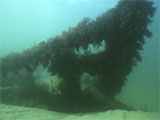
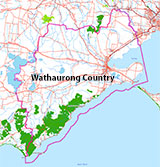
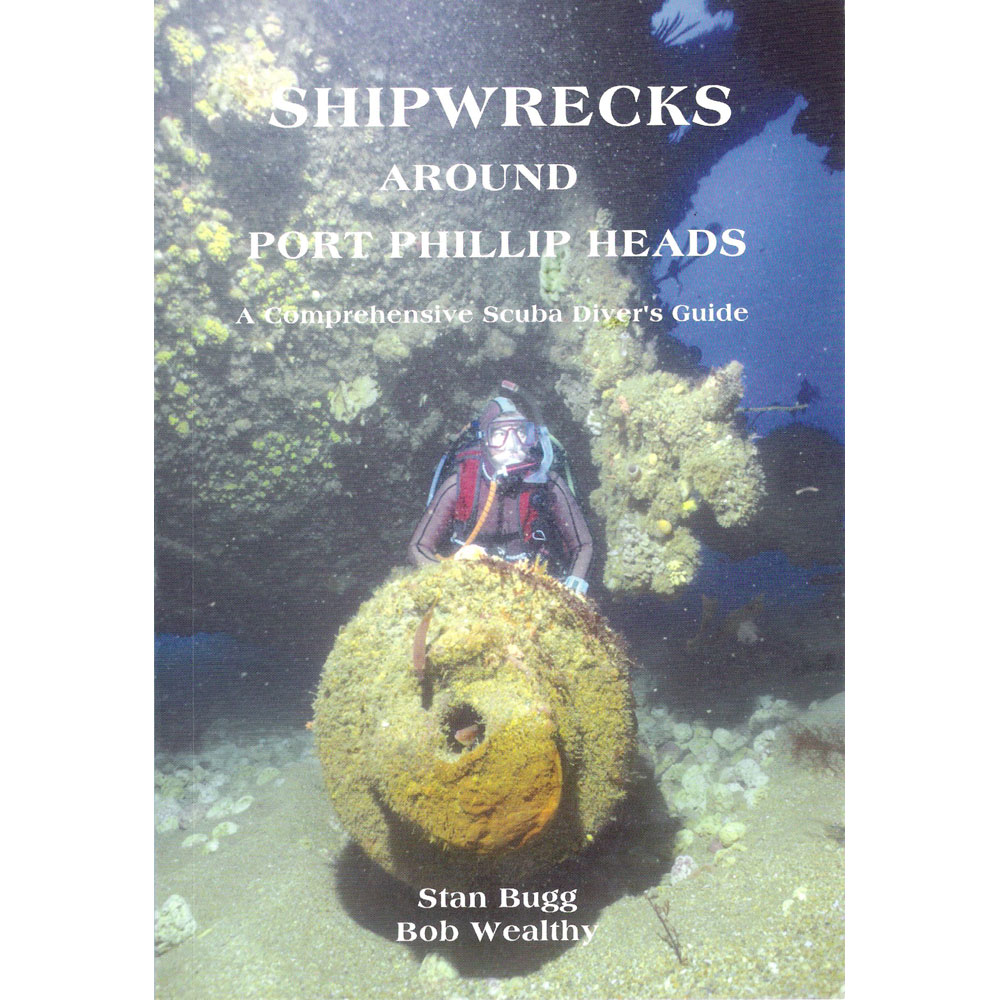
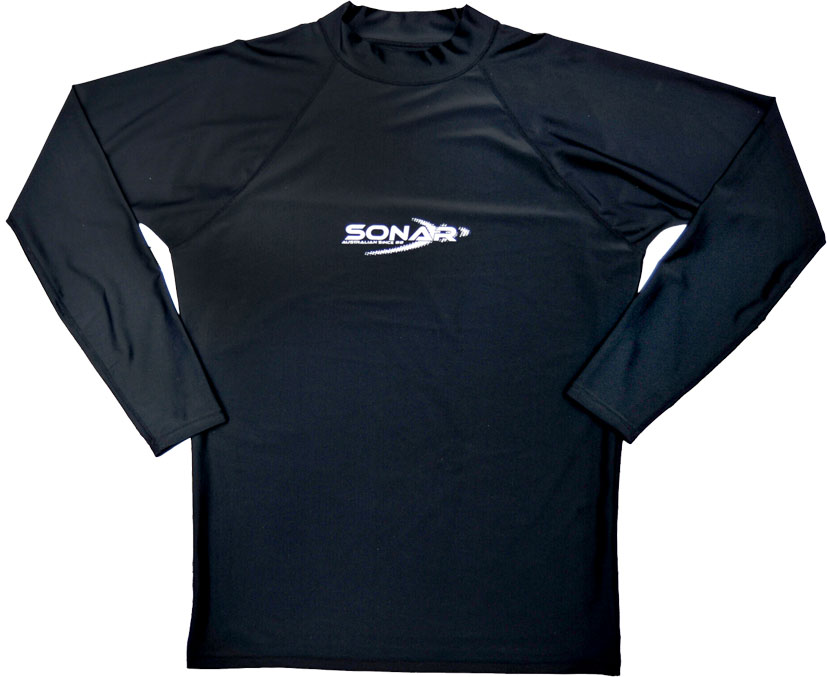
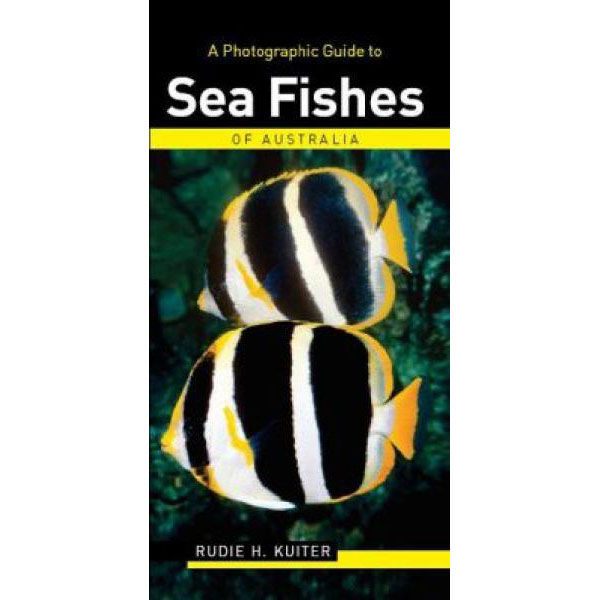
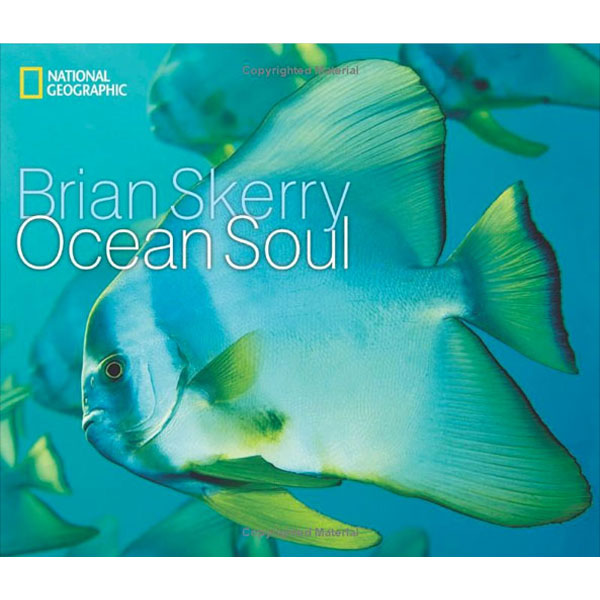

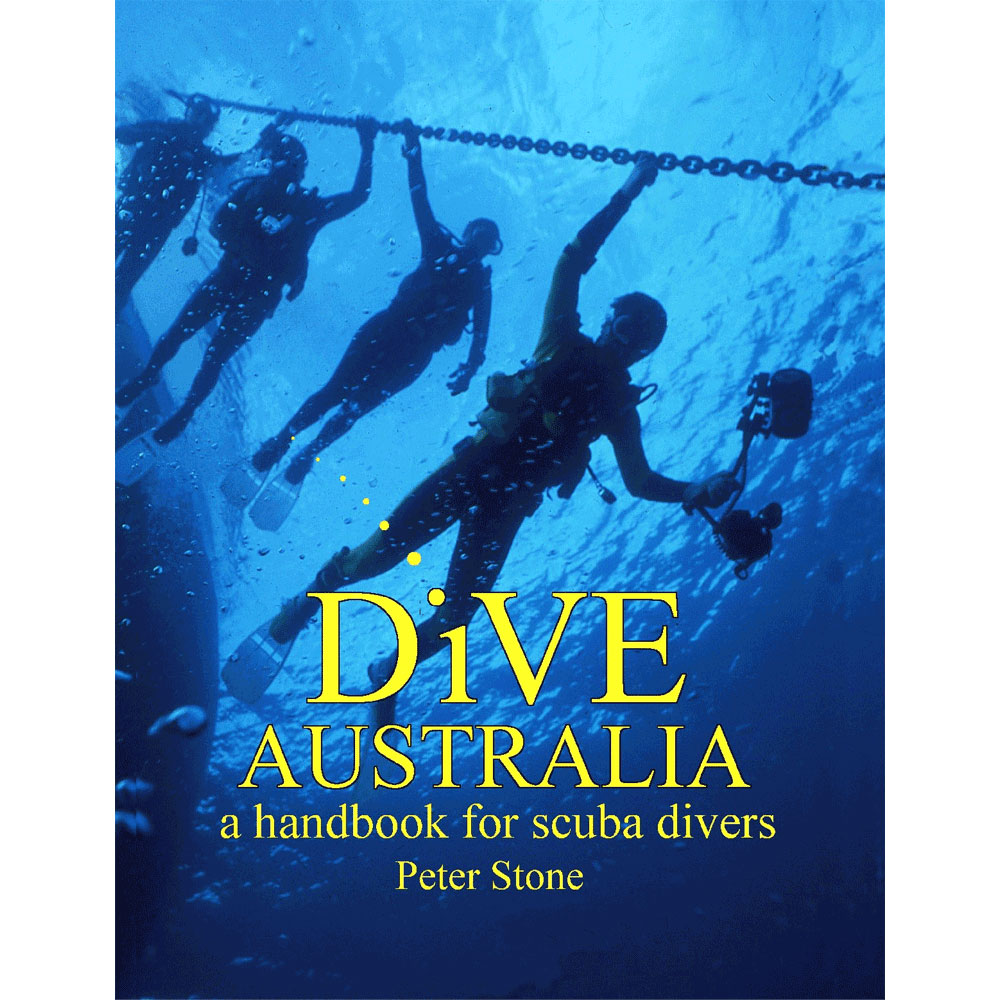
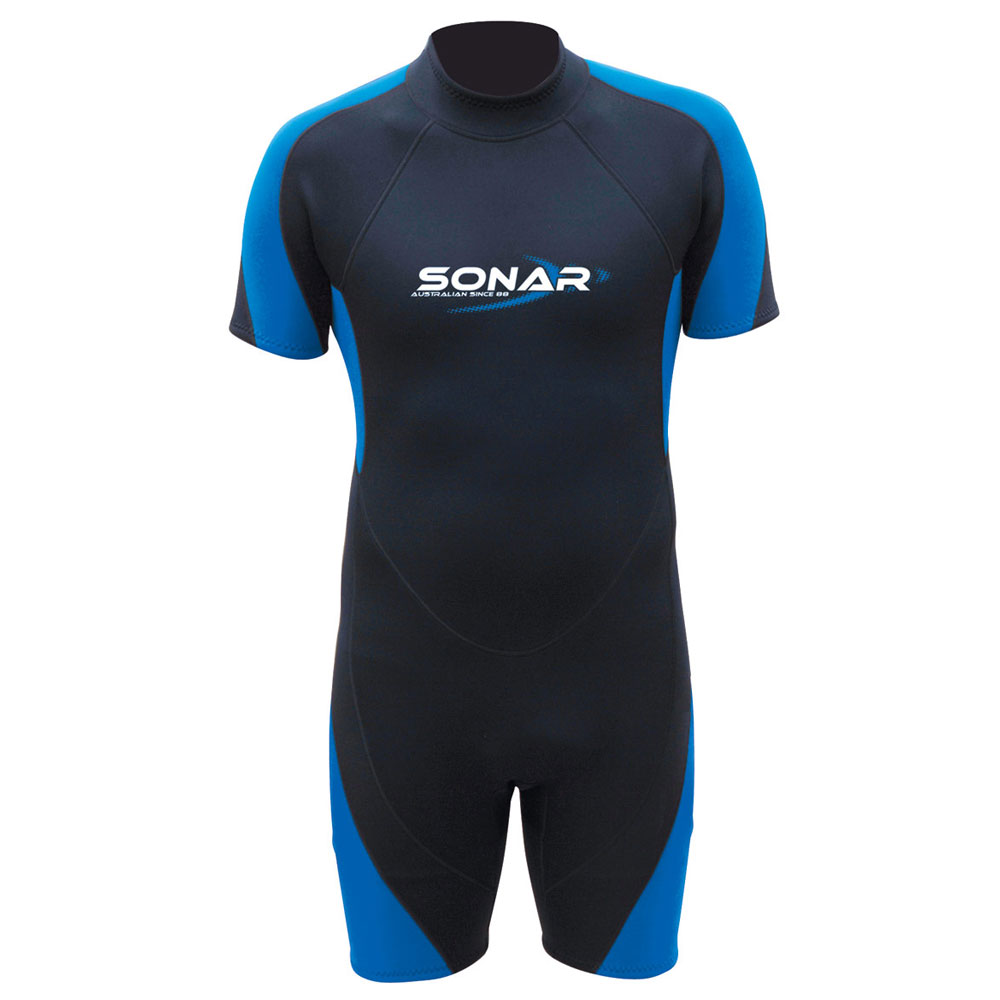
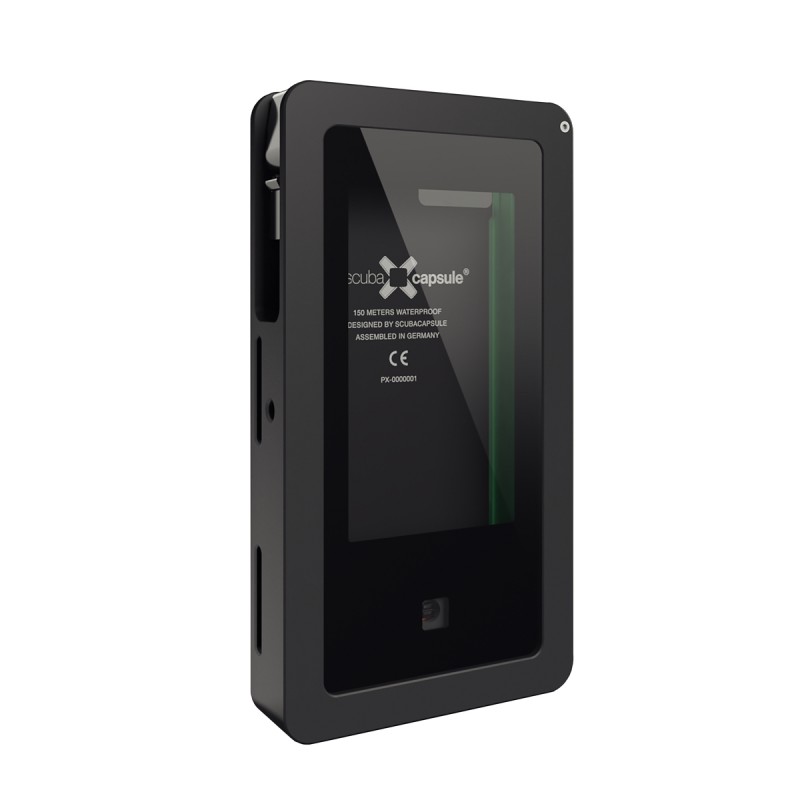
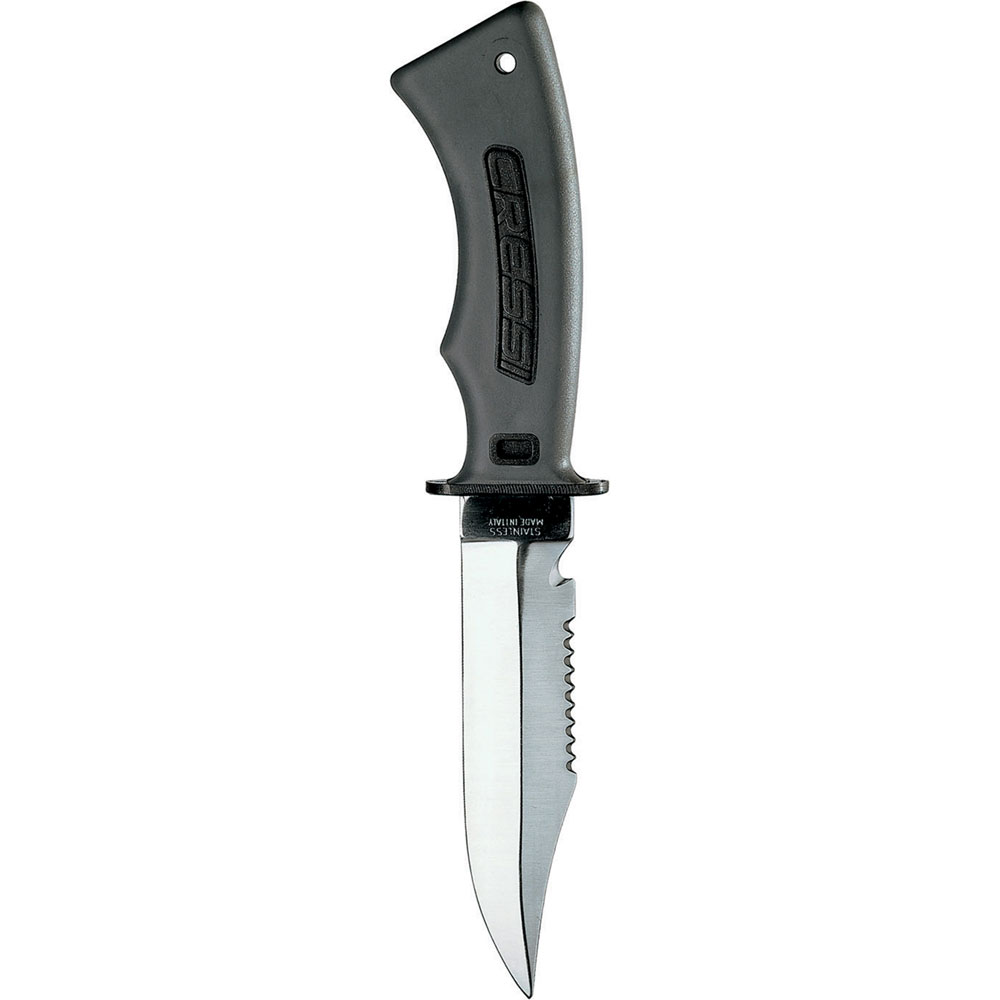
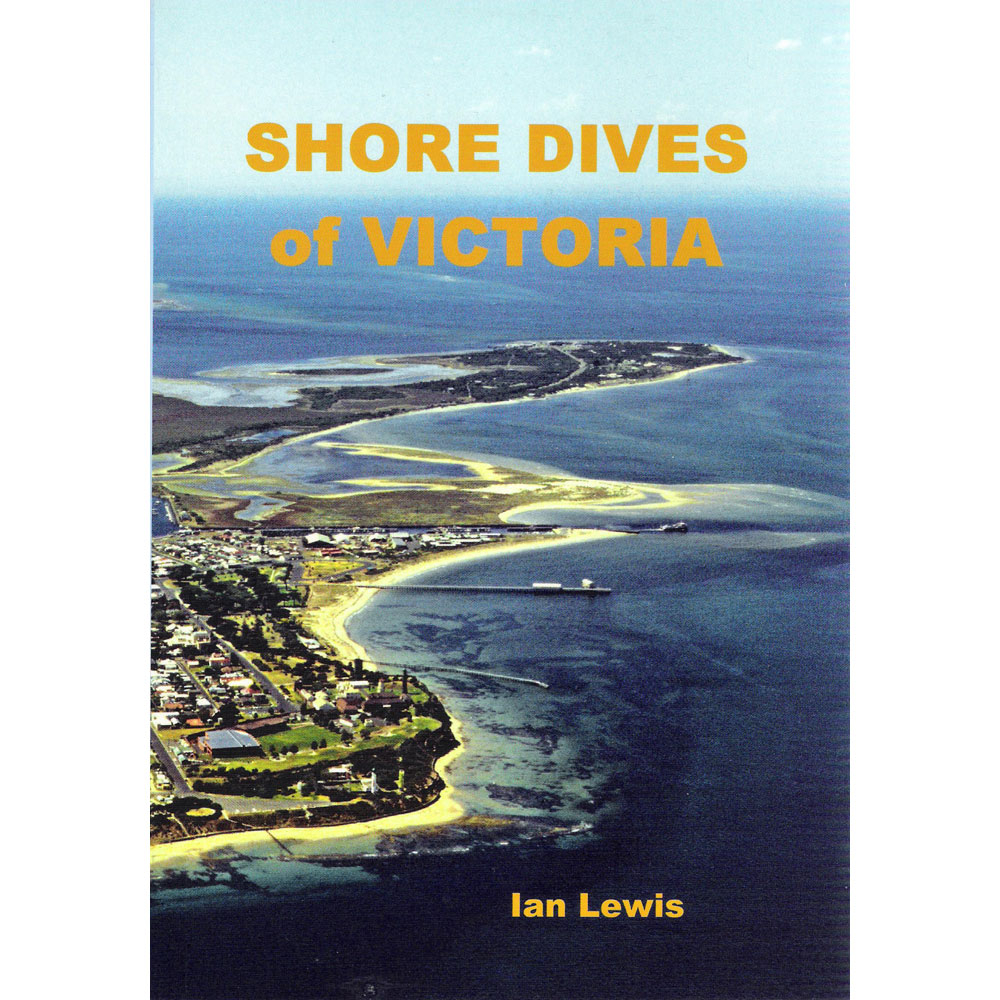

![Halcyon Infinity 30lb System [SS Small Backplate] Halcyon Infinity 30lb System [SS Small Backplate]](/diveshop/images/halcyon/Halcyon-Evolve-Wing.jpg)




